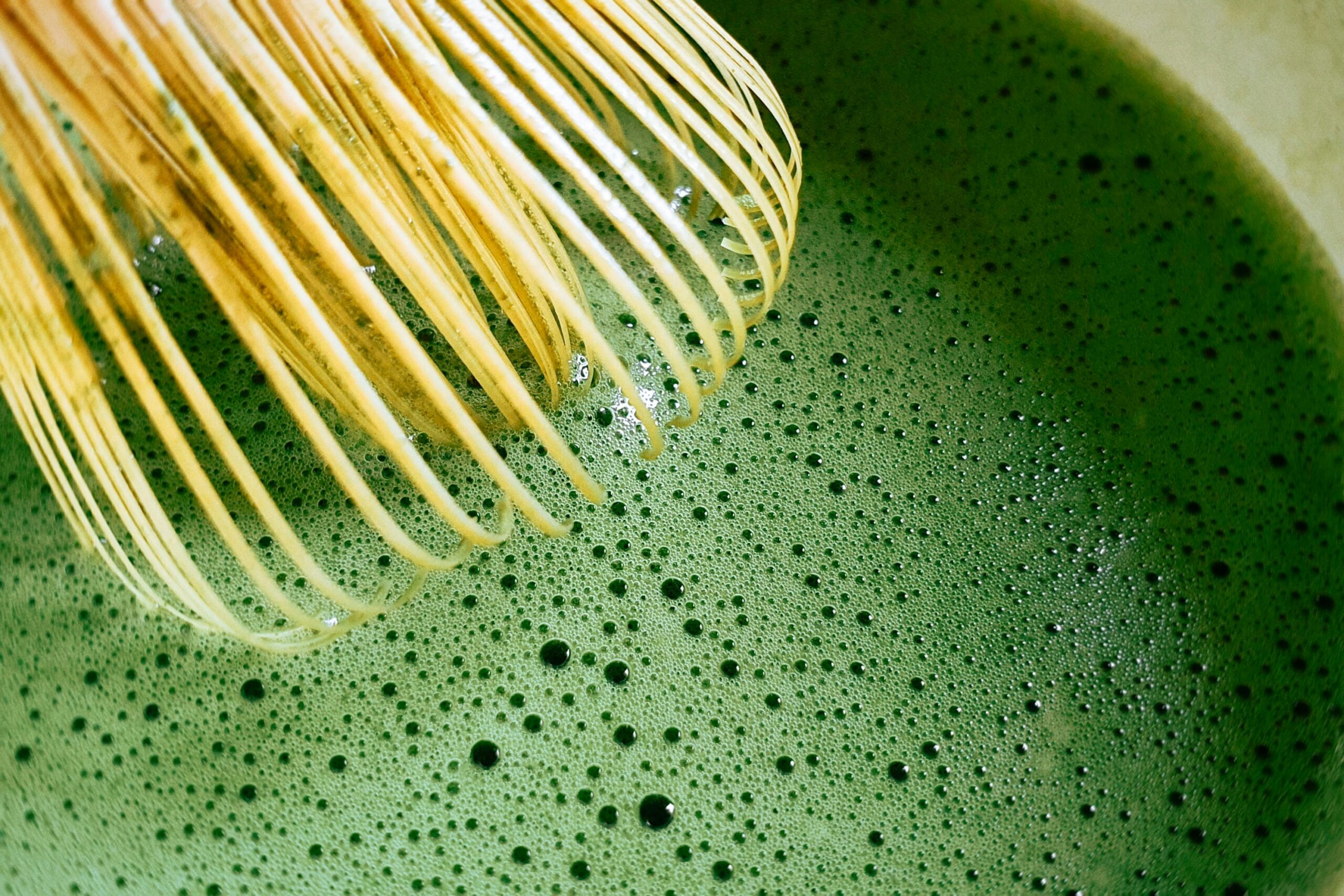
11 Sep Formulation for Matcha Beverages: A Guide to Creating Shelf-Stable Drinks
Matcha is one of the fastest-growing ingredients in the functional beverage market. Known for its vibrant green color, earthy flavor, and natural caffeine boost, matcha appeals to health-conscious consumers seeking alternatives to coffee and energy drinks. But for food and beverage brands, developing a matcha beverage formulation that is stable, delicious, and compliant with food safety standards can be challenging.
In this guide, we’ll cover the key factors that go into formulating matcha beverages for ready-to-drink (RTD) products.
1. Choosing the Right Matcha Powder
-
Grade: Use ceremonial grade for premium beverages or culinary grade for cost-effective, flavored formulations.
-
Solubility: Look for finely milled matcha that disperses evenly without clumping.
-
Color Stability: Higher-quality matcha resists browning and maintains a bright green appearance in finished drinks.
2. Balancing Flavor
Matcha has a naturally earthy, slightly bitter taste. Formulators often balance it with:
-
Natural sweeteners (honey, cane sugar, agave, monk fruit, stevia)
-
Acidity regulators (citric acid, malic acid) to round out bitterness
-
Creamy bases (oat milk, coconut milk, almond milk) for a latte-style flavor profile
3. Functional Ingredients
To align with wellness trends, brands often enhance matcha beverages with:
-
Adaptogens (ashwagandha, reishi)
-
Collagen peptides
-
Electrolytes for hydration
-
Vitamins & minerals to support energy and immunity
These additions not only increase nutritional value but also help differentiate products in a competitive market.
4. Sweetness and Calorie Control
-
Consumers increasingly prefer low-sugar or no-sugar matcha beverages.
-
Stevia, monk fruit, and allulose are popular clean-label sweeteners.
-
Small amounts of natural sugar can help improve mouthfeel and mask bitterness.
5. Stabilization and Shelf Life
One of the biggest challenges in matcha beverage formulation is shelf stability:
-
Homogenization helps prevent separation of matcha particles.
-
Acidity control (pH 4.2–4.5) improves microbial safety.
-
Pasteurization or retort processing ensures room-temperature shelf stability.
-
Antioxidants like ascorbic acid help maintain color and flavor.
6. Packaging Considerations
-
12 oz sleek cans or PET bottles are popular for RTD matcha beverages.
-
Use light-protective packaging to prevent degradation of matcha’s color and flavor.
-
Nitrogen flushing before sealing reduces oxidation and preserves freshness.
Creating a market-ready matcha beverage formulation requires balancing flavor, sweetness, and functionality while ensuring shelf stability. By carefully selecting ingredients, controlling acidity, and choosing the right processing method, brands can deliver matcha drinks that are safe, delicious, and aligned with consumer health trends.
